 26 Jun 2023
26 Jun 2023
Vitamin D3 in broiler breeders
The importance of focusing on the breeder’s nutrition to enhance the performance of the chick cannot be overstated.
![]()
Given that nutrition plays a crucial role in maximizing the potential of modern genetic lines, it is logical to allocate significant investments towards research and the development of solutions aimed at enhancing the return on investment in the performance of offspring from these breeders.
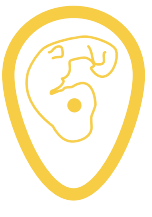 In this context, the nutrition of the female leads to the passage of nutrients through the vitelline sac, which is a membranous structure that surrounds the yolk and connects to the embryo’s intestine. The yolk contains proteins, lipids, vitamins, and minerals that are essential for embryo development.
In this context, the nutrition of the female leads to the passage of nutrients through the vitelline sac, which is a membranous structure that surrounds the yolk and connects to the embryo’s intestine. The yolk contains proteins, lipids, vitamins, and minerals that are essential for embryo development.

Eggshell quality
The quality of the eggshell is closely linked to the general well-being of the female, particularly her nutrition. Additionally, eggshell quality plays a pivotal role in the optimal functioning of the incubation process and the overall quality of the chicks.
 The permeability and thickness of the eggshell significantly impact embryonic growth. There is a correlation between eggshell quality and hatchability.
The permeability and thickness of the eggshell significantly impact embryonic growth. There is a correlation between eggshell quality and hatchability.
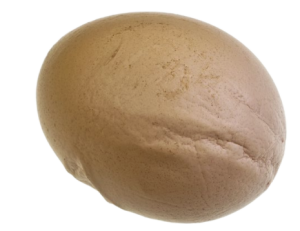 Deterioration of the eggshell, whether it is thin or deformed, can increase contamination and result in lower-quality chicks and poorer field performance, with 7-day mortality rates above the standard.
Deterioration of the eggshell, whether it is thin or deformed, can increase contamination and result in lower-quality chicks and poorer field performance, with 7-day mortality rates above the standard.
ACTIVE FORM OF VITAMIN D

The active form of vitamin D, known as 1,25-dihydroxycholecalciferol (1,25(OH)2D3), plays a crucial role in breeder nutrition to improve shell conditions and thereby enhance the quality and performance of the baby chick
 1,25(OH)2D3 is responsible for the production of calbindin through its genomic action. Calbindin is the protein that directly acts on the active absorption of calcium (Figure 1), which is then deposited in the bones, especially in the medullary bones (Figure 2), where it is available for resorption and subsequent availability for eggshell formation.
1,25(OH)2D3 is responsible for the production of calbindin through its genomic action. Calbindin is the protein that directly acts on the active absorption of calcium (Figure 1), which is then deposited in the bones, especially in the medullary bones (Figure 2), where it is available for resorption and subsequent availability for eggshell formation.

Figure 1. Action of calbindin in calcium absorption.
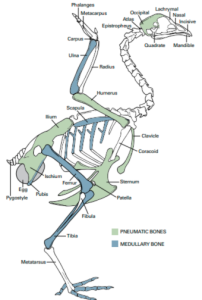
Figure 2. Skeletal structure of a bird. (Hy-Line Technical Bulletin, 2016).
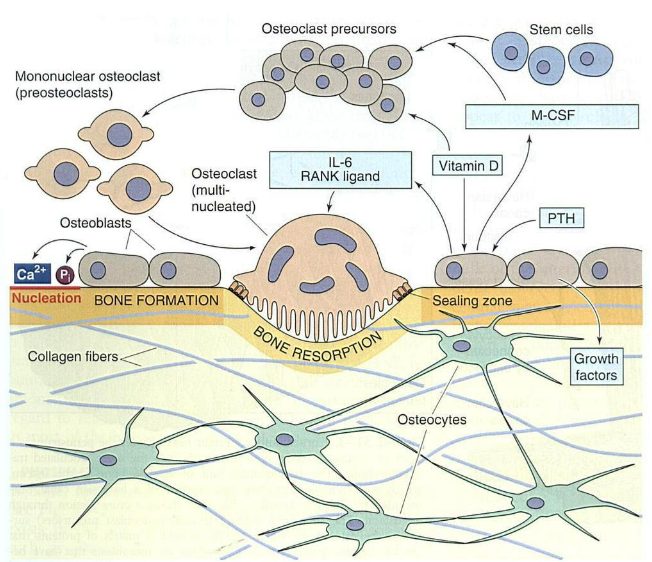
Figure 3. Bone formation and resorption.
This mechanism highlights the importance of proper skeletal development and medullary bone formation, where calcium resorption and formation sites can be targeted.
The use of 1,25(OH)2D3 represents an interesting and more effective alternative to the use of inactive vitamin D3. Vitamin D3 needs to undergo hydroxylation in the liver and kidneys to reach its active form. It is also affected by the reduction of sex hormones which occurs under stressful situations or due to ageing.
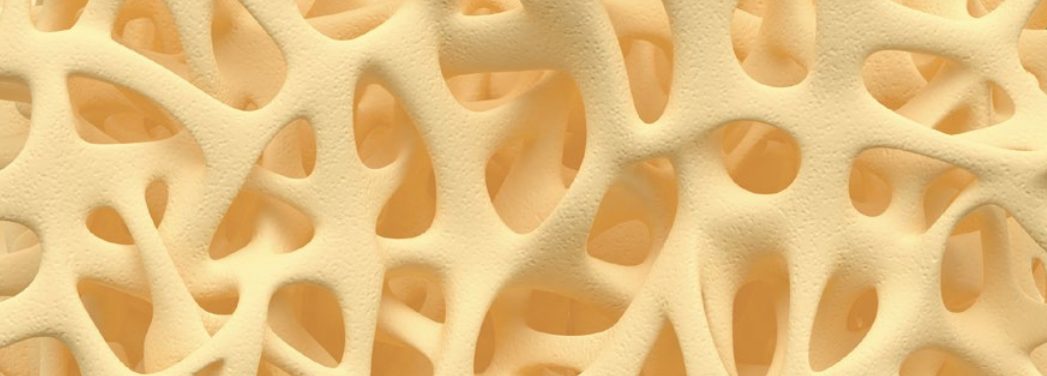

There are many factors that can hinder the effective, consistent, and rapid production of calbindin from vitamin D3, making the use of 1,25(OH)2D3 in the feed of breeders an important strategy to ensure better egg quality.
 1,25(OH)2D3 can be supplemented from Solanum glaucophyllum, one of the few plants that contain the molecule in the form of a glycoside (G-1,25(OH)2D3).
1,25(OH)2D3 can be supplemented from Solanum glaucophyllum, one of the few plants that contain the molecule in the form of a glycoside (G-1,25(OH)2D3).
EFFECT OF PANBONIS® USE
 In a trial conducted in Brazil, breeders were given 100 g of Panbonis® per ton of feed – a commercial form containing the plant Solanum glaucophyllum – starting from 24 weeks of age. The weights of the broiler chicks – Ross 308 AP, males – were recorded on the first day of life, born from breeders at three different ages – 30, 46, and 62 weeks of age (Nunes et al., 2022).
In a trial conducted in Brazil, breeders were given 100 g of Panbonis® per ton of feed – a commercial form containing the plant Solanum glaucophyllum – starting from 24 weeks of age. The weights of the broiler chicks – Ross 308 AP, males – were recorded on the first day of life, born from breeders at three different ages – 30, 46, and 62 weeks of age (Nunes et al., 2022).

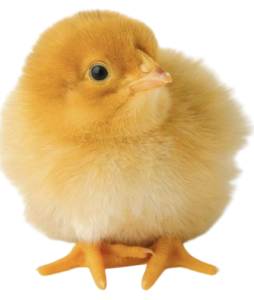 In this study, the weights of the chicks were significantly influenced by the use of 1,25(OH) in breeders.
In this study, the weights of the chicks were significantly influenced by the use of 1,25(OH) in breeders.
Impact of incorporating Panbonis® into the breeder’s diet on the body weight of the broiler chick.
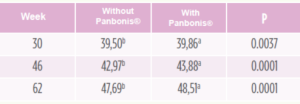
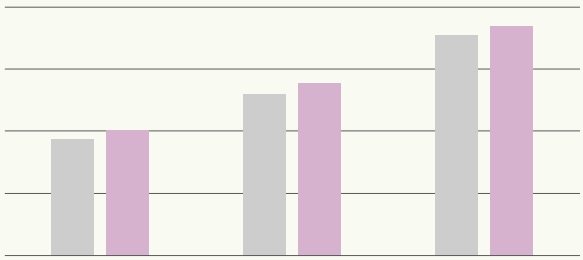
The effect of 1,25(OH) on shell quality is a factor that may be directly related to the shell’s quality and its subsequent response to incubation conditions, leading to heavier chicks.
![]() However, calcium from the shell can also directly affect chick development through another mechanism. Numerous studies have examined the mechanisms of calcium absorption from the shell and its use in the skeletal development of chicks, even in their embryonic phase.
However, calcium from the shell can also directly affect chick development through another mechanism. Numerous studies have examined the mechanisms of calcium absorption from the shell and its use in the skeletal development of chicks, even in their embryonic phase.
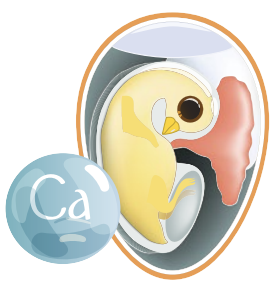 During embryo development, the initial source of calcium is the yolk. In the second half of incubation, as the need for calcium increases for the chick’s skeletal development, large amounts of calcium are released from the eggshell and transported to the embryo.
During embryo development, the initial source of calcium is the yolk. In the second half of incubation, as the need for calcium increases for the chick’s skeletal development, large amounts of calcium are released from the eggshell and transported to the embryo.
 The chorioallantoic membrane is responsible for mobilizing 80% of the calcium from the eggshell through the enzyme carbonic anhydrase, which is stimulated by 1,25(OH)2D3 in the equatorial zone of the membrane (Narbaitz, 1981).
The chorioallantoic membrane is responsible for mobilizing 80% of the calcium from the eggshell through the enzyme carbonic anhydrase, which is stimulated by 1,25(OH)2D3 in the equatorial zone of the membrane (Narbaitz, 1981).
This mechanism highlights the importance of seeking better eggshell quality to improve the quality and weight of the broiler chick, ultimately enhancing the final outcome of poultry production through the positive correlation between the weight of the broiler chick and the weight of the processed chicken.
The mechanisms, concepts, and solutions found in breeder nutrition present an opportunity to increase the profitability of the entire chicken production process.

For more information visit: https://nuproxa.ch/en/
Subscribe now to the technical magazine of animal nutrition
AUTHORS

Nutritional Interventions to Improve Fertility in Male Broiler Breeders
Edgar Oviedo
The Use of Organic Acids in Poultry: A Natural Path to Health and Productivity
M. Naeem
Synergistic Benefits of Prebiotics and Probiotics in Poultry, Swine, and Cattle
Gustavo Adolfo Quintana-Ospina
Hybrid Rye Potential in Laying Hen Feed Rations
Gwendolyn Jones
A day in the life of phosphorus in pigs: Part I
Rafael Duran Giménez-Rico
Use of enzymes in diets for ruminants
Braulio de la Calle Campos
Minerals and Hoof Health in the Pregnant Sow
Juan Gabriel Espino
Impact of Oxidized Fats on Swine Reproduction and Offspring
Maria Alejandra Perez Alvarado